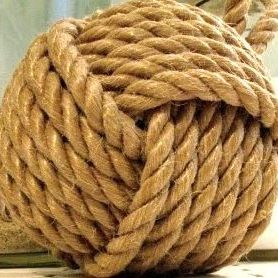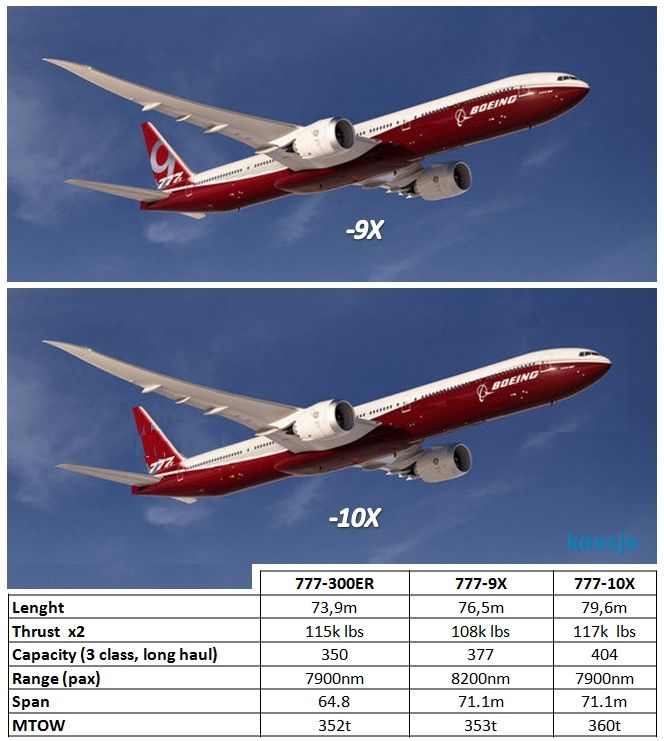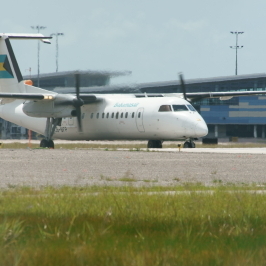Matt6461 wrote:You can't keep the same wing strength and increase MZFW, regardless of what you do with MTOW.
That can and has been done numerous times by Airbus. This has been achieved a number of ways, firstly through modifications to the wing load, through the flight control system they can use the FBW to unload the wing, Airbus calls the load alleviation function. Secondly when the wing is designed they assume a load spectrum at the design phase to calculate the actual loads, through in service experience they use in service loads to refine the spectrum. Then there is additional analysis that can be performed, until the wing is actually tested the designers are not sure exactly how much reserve load factor they have in their wing, after testing the wing they can through applying the measured loads in testing to the models change the maximum load.
Matt6461 wrote:
First there's no such thing as efficiency, next there's no such thing as design constraints.
My comments were directly related to your 40 : 60 influence of area and span on the weight of the wing being a design constraint. That is not a certification limit, while it might be a historical trend of previous designs, it does not mean that new materials, new design techniques etc result in designs that exceed that ratio.
RJMAZ wrote:I'm not quite as conservative as you. If you combine a 3% SFC advantage to that 165T weight estimate you get a 777-8 that will outclimb the A358-1000. In a previous thread I estimated the 777-8 will take off at 326T when the A350-1000 is at 316T..
Is 165 tonnes reasonable for the 777-8 ?
To my understanding the main difference between the 777-9 and 777-8 is the 6.9 meters in fuselang length, wings and engines are common, similar to the 77W to the 77L. 777/77X share the same fuselage cross section.
Can you check to see if the following seems realistic ?
Difference in OEW 77W-77L, 167829-145150=22679 kg
Difference in length 77W-77L, 73.08-62.94=10.14 m
Average fuselage mass per meter 22679/10.14=2236 kg/m
Difference in length 779-778, 76.7-69.8 = 6.9 m
Projected mass drop based on previous average = 6.9x2236=15432 kg
Boeing projected in that previous document an OEW range of 184.6 to 188.2 tonnes for the 777-9, using the 15.4 tonne difference based upon the calculated average 777 fuselage mass per meter would place the 777-8 in the range of 169.1 to 172.7 tonnes.











